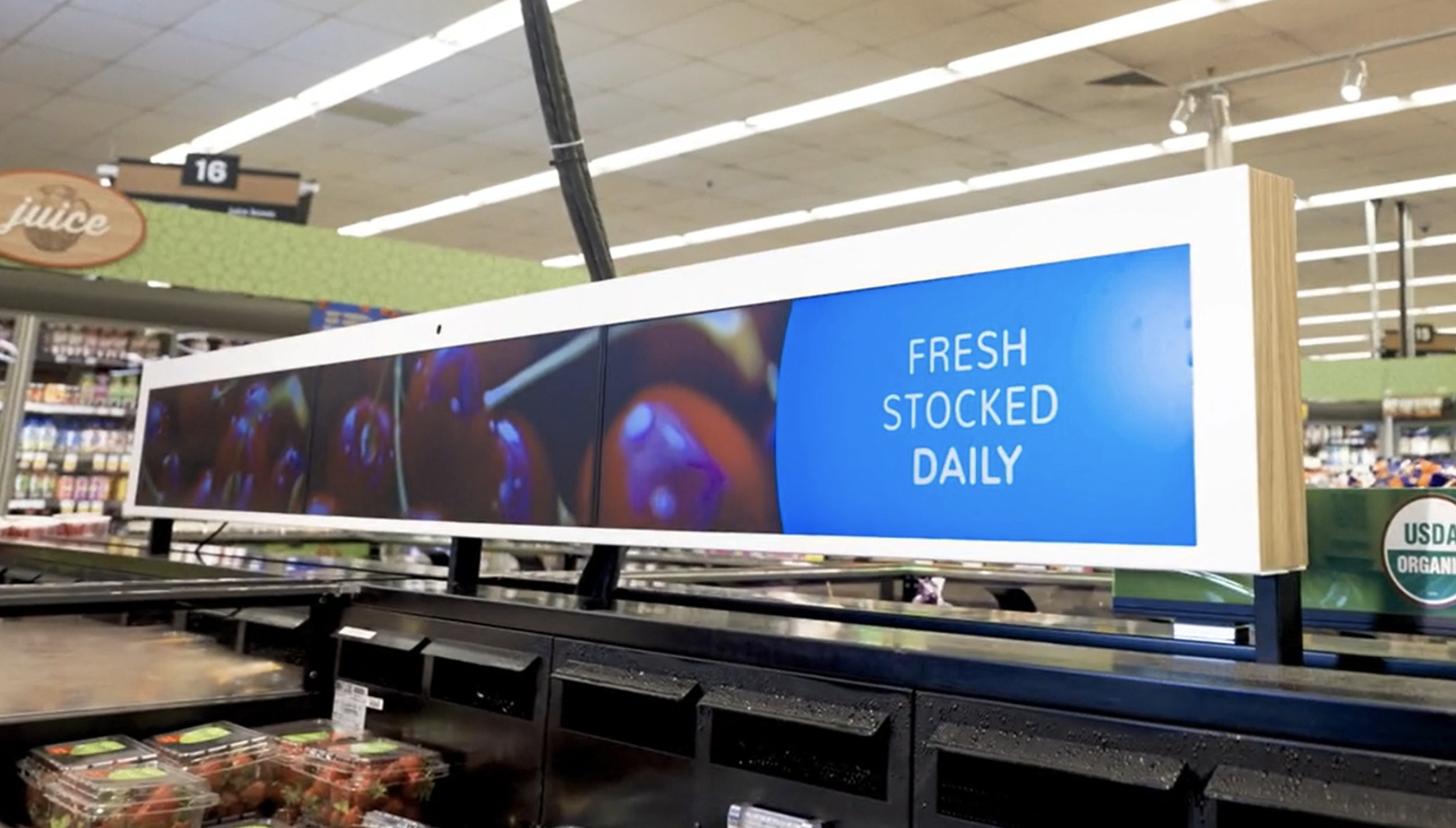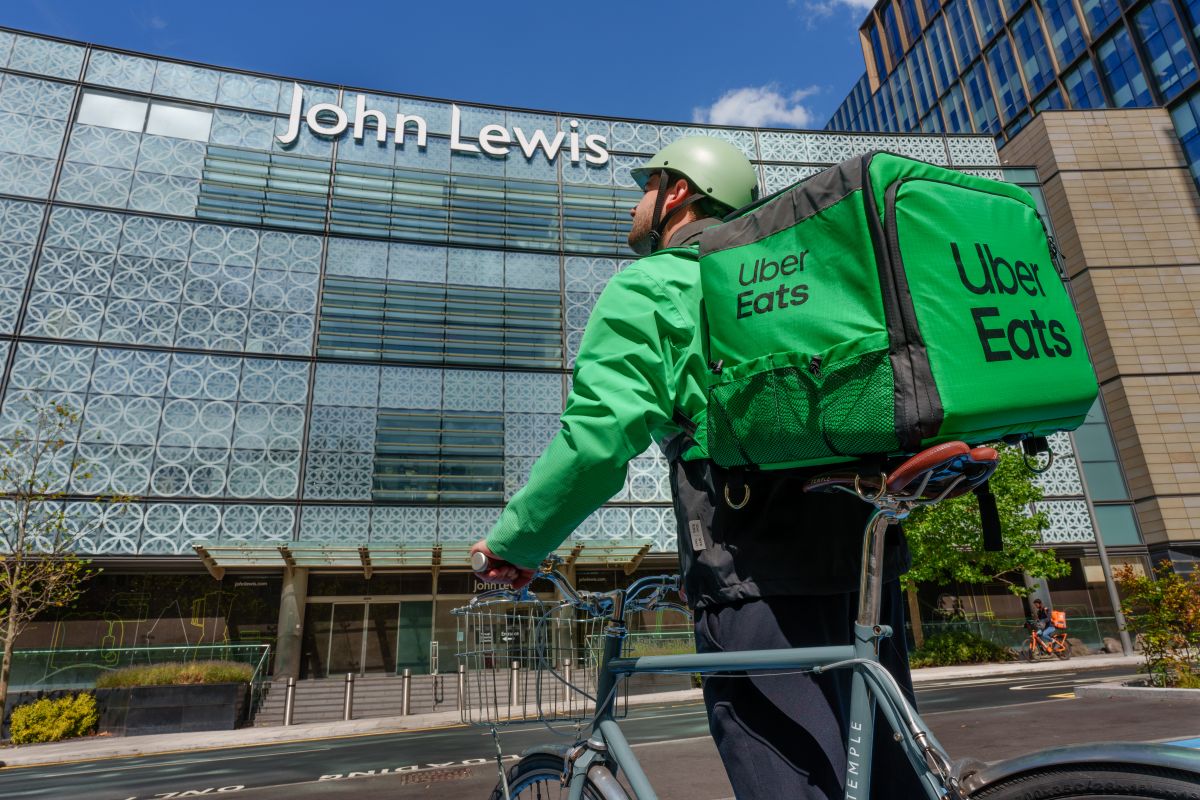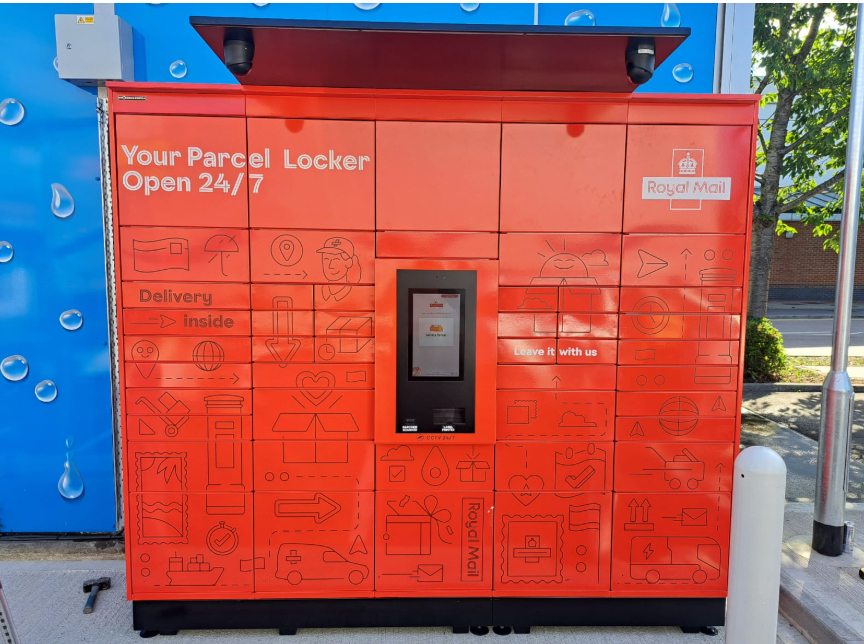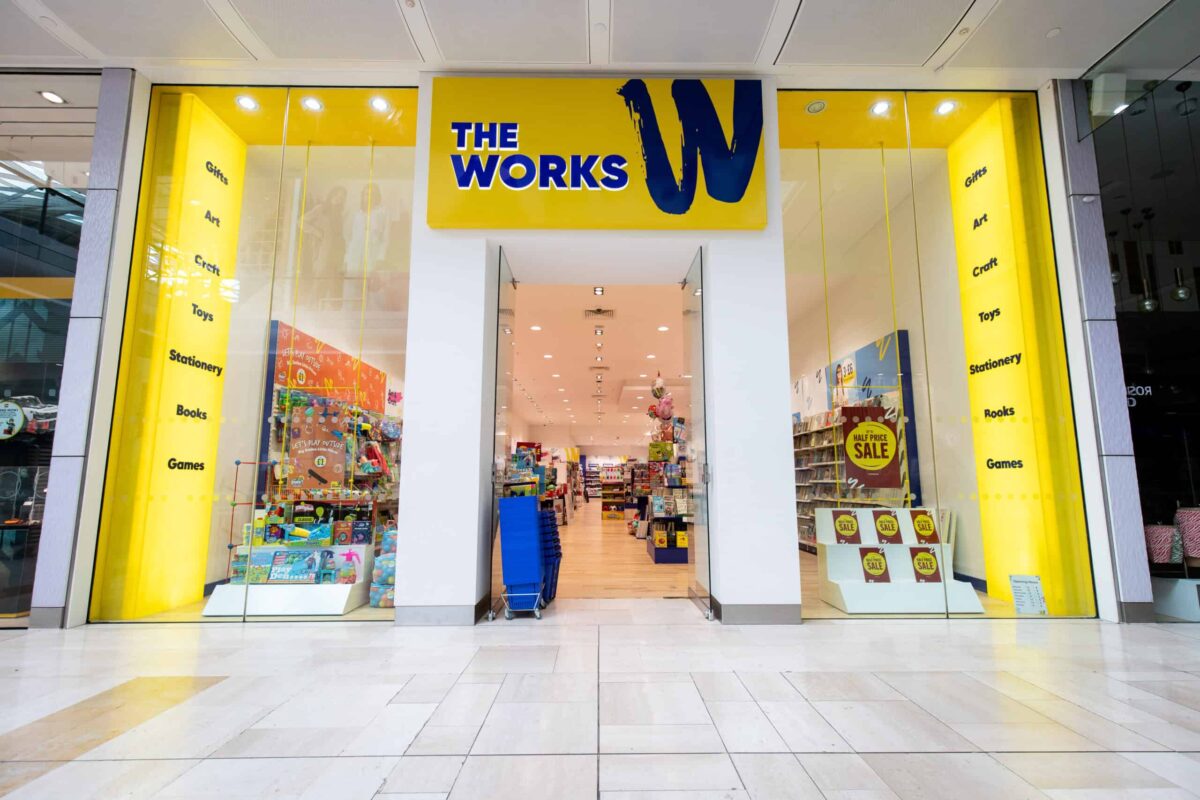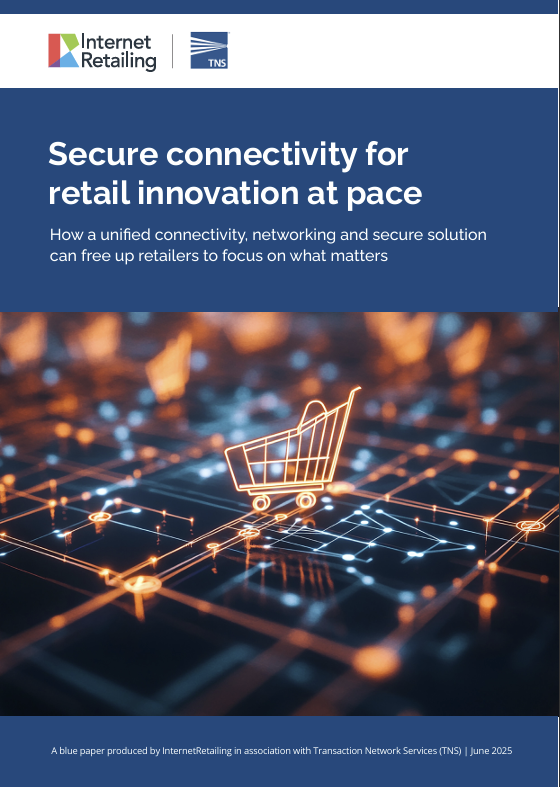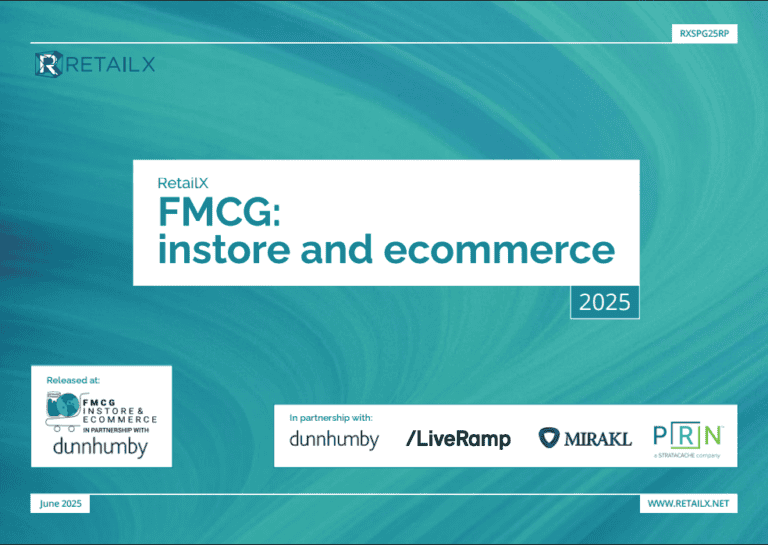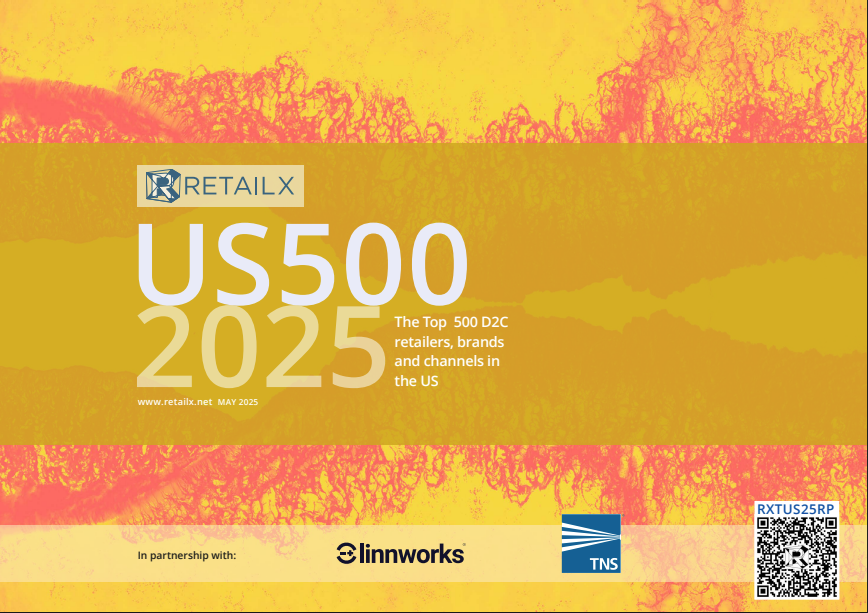New peer-reviewed paper from Journal of Marketing shows how Instore Digital Retail Media improves the bottom line for brands and retailers
The digitisation of physical retail spaces is increasingly common as retailers rollout digital screens across instore locations and sell the inventory as part of their Retail Media Network proposition. Instore screens could be a lucrative new media channel for stores, but, from an advertiser perspective, the question is whether they work to build brand and convert to a sale?
A field study by Professor Dennis Herhausen, Professor Dhruv Grewal and David de Jong that was published as a peer-reviewed paper in the Journal of Marketing offers some compelling answers, drawing on data from 237 campaigns and over 30 million shopper visits. The authors of the paper partnered with Cyreen, a German tech business that can link digital point-of-sale (POS) campaigns directly to sales performance.
The results, using the paper’s more technical language, were as follows:
- Instore digital signage yields an advertising elasticity (percentage change in a brand’s sales due to a 1% change in the brand’s digital signage investment) of 0.18
- This 50% higher than benchmark brand advertising elasticities — and it could achieve an average gross ROI in digital signage of 21%.
- Instore digital signage increases not only sales of featured products but also other branded items.
Using everyday marketing language, here’s what you need to know:
- There was an 8.1% lift in purchase likelihood for products featured on instore digital signs.
- Advertising on in‑store screens increases sales of a specific SKU as well as boosting performance across the broader product portfolio. The study finds an average gross ROI of 21% on digital‑signage spend.
- Even stronger effects were seen for fun or new products, low priced goods, and already popular brands.
- Ads perform best on weekends, late afternoons, during good weather, and in busy stores
- Emotional appeals won over information or fact-based messages, but putting in extra promotions can sometimes undermine effectiveness
- Placing the screen right next to the product boosts results even more.
- Screens drive net new sales, not just brand switching or pull purchases forward.
- Shoppers exposed to an ad not only buy that product but also pick up more items from the same brand and category.
The paper then makes some specific points about the value of instore digital signage from a Retail Media Network perspective:
- Digital signage systems (screens, RFID, IT) can pay off in 1–2 years, generating profit through both advertising revenue and incremental purchases.
- 87.7% of additional revenue stems from digital signage exposure alone. The authors believe that these insights can inform ad pricing strategies and inventory optimization.
- No targeting was used in the study period. The upside? Huge untapped potential to optimise ad delivery can improve ROI for brands, raise the value of impressions, and shorten retailers’ payback periods
What does this means for advertisers on instore screens?
Much of the conversation about retail media is about online and how measurable it is. The digitisation of the stores radically transforms the ability to provide dynamic, interactive media experiences at store shelves, end caps and checkout aisles, but can it deliver the ‘closed-loop’ measurement that online Retail Media can deliver?
To date, much of the technology to measure instore has lagged the screen capabilities for a whole load of reasons, including questions about privacy. GDPR-compliant measurement tech is now available, allowing brick-and-mortar retailers to generate valuable first-party data while not infringing on personal data privacy.
The rise of new technology means that in-store screens are now measurable, high-purchase intent advertising platforms that can be linked directly to a sale. Advertisers should ask their Retail Media Networks for their specific methodologies for measurement, and push them to prove performance.

Download the latest Retail MediaX Instore report to learn more about instore retail media and how it is developing
